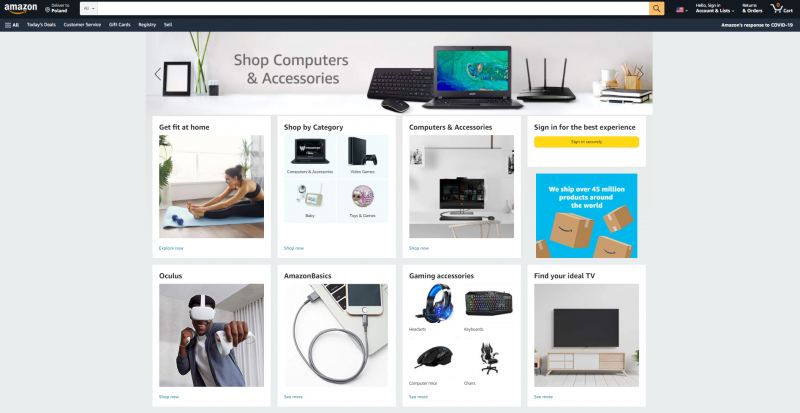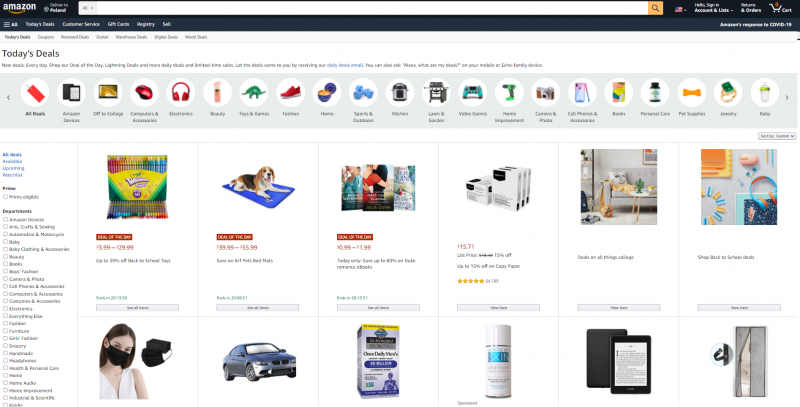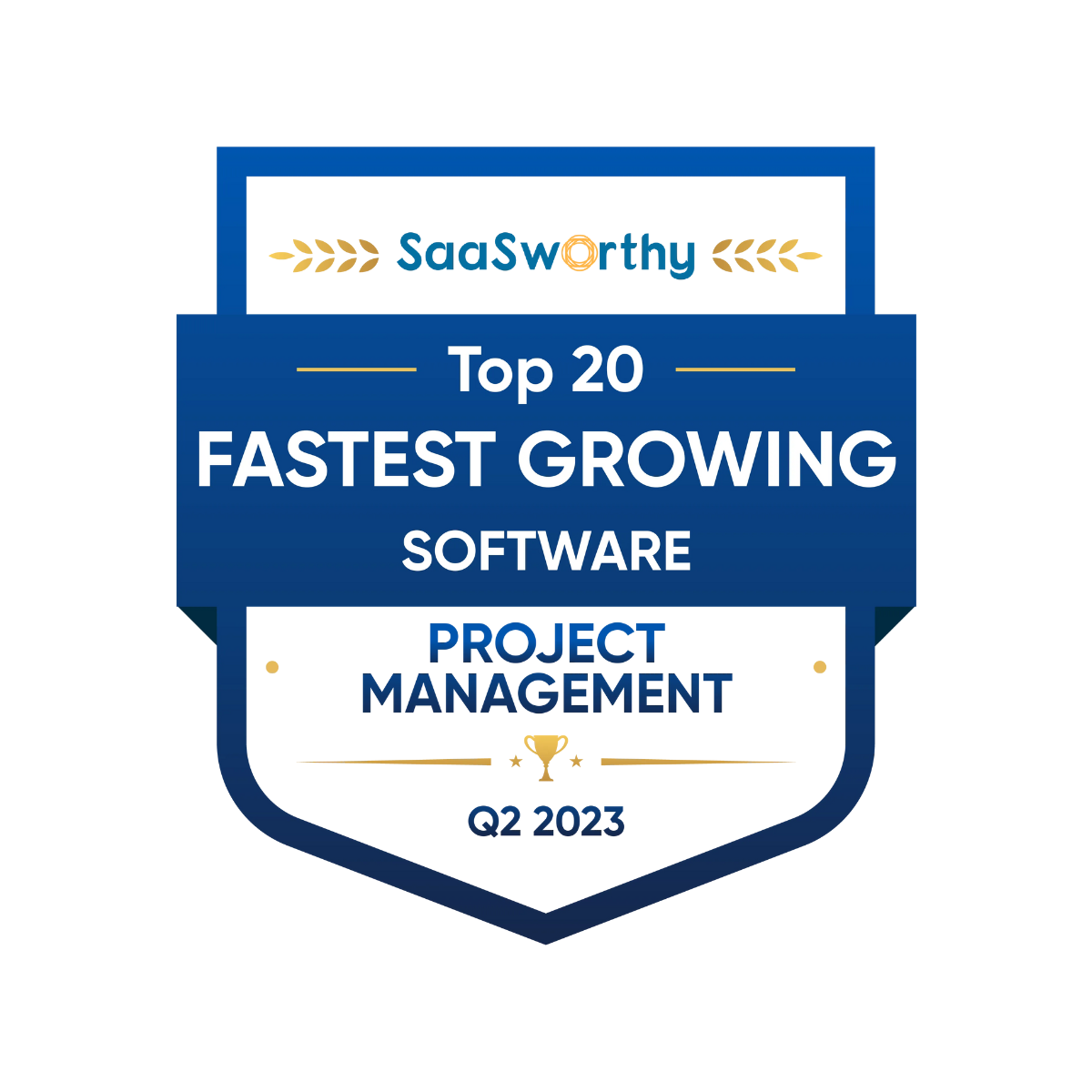Amazon creates an opportunity for entrepreneurs to enter foreign markets with their products, with the possibility of using the already developed marketing values. How to become part of this system? What are the sales rules on Amazon? How are the accounting issues related to this type of activity? These questions will be discussed in the following article.
Selling on Amazon – issues discussed:
- Sales rules on Amazon
- How to start selling on Amazon?
- Sales promotion on Amazon
- Amazon sales and fees
- Amazon and taxes
Sales rules on Amazon
These are the basic sales rules on Amazon:
- the seller offers his products on the platform;
- the offered products are delivered to Amazon’s warehouses;
- Amazon stores the goods until they are of interest to customers;
- Amazon offers aftermarket services including returns, exchanges, and complaints;
- Amazon delivers products to the customer.
How to start selling on Amazon?

Intuitively, the first step to start selling on Amazon is to create an account on the platform. For this process to run smoothly, it is good to prepare well in advance. And to achieve that, it is advisable to collect the following documentation and data:
- international payment card,
- current contact number,
- contact person details,
- bank account details to which funds will be transferred (most preferably, it will be established in the country of account registration),
- data related to the company, resulting from the entry in the relevant register (including type of business, assigned registration number, date of registration, address of the registered office),
- VAT-EU registration
At this stage, it is also necessary to choose the type of account – professional or individual.
The former requires a monthly fee of $ 39.99 but gives you the freedom to choose the number of products you can sell per month.
On the other hand, setting up an individual account does not in itself involve the requirement to pay “in advance” fees – these are added in this case to each transaction. So when you think about developing your business, setting up a professional account is essential.
After registering an account, the following steps should be taken:
1. Select products and markets – this choice is made based on the demand for specific goods and competition analysis; issues of a legislative nature, especially tax and consumer protection regulations, are also important.
2. Prepare listings of goods – this point comes down to creating an auction encouraging the purchase of goods. At this point, it is worthwhile to create attractive entries that will stand out from the competition.
3. Choose the preferred method of shipping the goods – here you can use the Amazon Fulfillment (FBA) service, under which Amazon will be responsible for the storage, packaging, and delivery of products, or you can decide to take these actions on your own.
However, using the program brings many benefits, such as increased customer confidence, their comprehensive service, and the ability to scale the business – all at the price of two standard fees: for storage and the implementation of shipping, and possible occasional fees.
4. Use additional tools provided by Amazon – incl. in determining optimal prices and optimal stocks.
Sales promotion on Amazon

Effective marketing exercises are essential elements of Amazon sellers’ activities. The tools provided by the platform itself may be helpful in this regard, including:
- Sponsored products, i.e. the positioning of goods at the top or bottom of the product list, respectively. In this case, the billing is based on the CPC formula. Positioning itself is done with the use of keywords.
- Amazon Headline Search (Sponsored Brands), enabling the simultaneous promotion of three products in the form of a banner with the brand logo and the presentation of three products with a specific title and rating.
- Display ads (Product Display Ads), shared with Amazon Vendor members, are displayed in product and category cards – also based on the user’s previous actions.
Amazon sales and fees
In addition to the aforementioned costs of establishing a professional account, the Amazon seller also has to cover the platform’s fee from the total sales after each transaction separately. Its amount varies depending on the category and type of goods, usually within the range of 5-15% of the gross amount.
To this should be added the fee for the shipment of the goods, paid based on the number of its units. It also presents itself differently depending on the location, type of product, size, and weight.
After all, the storage fee is based on the average daily cubic capacity, calculated in cubic meters per month, and varies throughout the year depending on the season.
Amazon and taxes
A seller on Amazon, when sending goods to a warehouse located in the European Union, makes the so-called intra-Community supply of goods, and therefore may benefit from a zero tax rate.
In accordance with national Value Added Tax (VAT) laws, the condition for using it is the fact that the taxpayer has made a supply to the buyer who has a proper and valid identification number for intra-Community transactions, issued by the Member State of the buyer, containing the two-letter code used for the tax on the value-added that the buyer has provided to the taxpayer. Therefore, it is worth making sure that the invoice contains data entitling you to use this solution.
Do you want to sell on the Amazon FBA platform? Check out our article.
Author: Martin Sparks
E-commerce enthusiasts which constantly digs around the internet in order to make sure he hasn’t missed any important information on the topic of starting and scaling profitable online stores.














